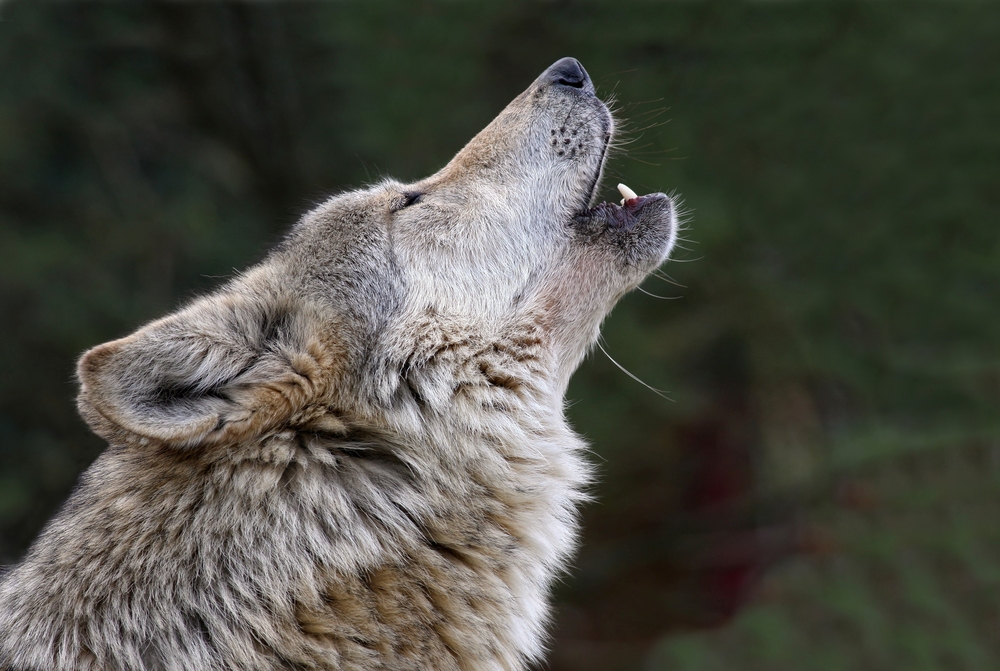Computer Identifies Individual Wolves' Howls

The howl of a wolf in the wilderness may make your spine tingle — it has a similar effect on wolf conservationists, who have struggled for years to accurately analyze the sounds that wolves make.
Researchers at Nottingham Trent University (NTU) in England have now developed a computer program that can identify the signature howl of an individual wolf with pinpoint accuracy.
Just like a person's voice, the howl of a wolf has a specific pitch and volume. But identifying each wolf's howl has been difficult, especially in the wild, where wind and water can muffle and distort the sound. It gets even more challenging when a pack of wolves starts howling in unison. [Photos: Brand-New Baby Wolves]
"They enjoy it as a group activity," NTU graduate student Holly Root-Gutteridge, who led the research, told the BBC. "When you get a chorus howl going, they all join in."
And because wolves have territories that can be hundreds of square miles in size, wolf conservationists have struggled to track and identify the animals' range.
Wolves mark their territories in a number of ways, including scratching, scent marking and howling. Howls are used for territorial defense, social bonding and contacting other members of their pack.
"Wolves howl a lot in the wild," Root-Gutteridge said. "Now, we can be sure ... exactly which wolf it is that's howling."
Sign up for the Live Science daily newsletter now
Get the world’s most fascinating discoveries delivered straight to your inbox.
The NTU team's computer program is able to analyze both the pitch and the volume of a wolf's howl. "Think of [pitch] as the note the wolf is singing," Root-Gutteridge said. "What we've added now is the amplitude, or volume, which is basically how loud it's singing at different times."
"It's a bit like language: If you put the stress in different places, you form a different sound," Root-Gutteridge said.
To test their computer program, the researchers analyzed 67 recordings of 10 individual Eastern gray wolves (Canis lupus lycaon) living in Algonquin Provincial Park in Ontario, Canada. The program correctly identified each wolf with 100 percent accuracy.
Even when analyzing 112 chorus howls with 109 individuals howling in unison, the program was accurate more than 97 percent of the time.
"In scientific terms, this is really exciting, because it means that if we hear a howl on night one, we can tell if it is or isn't the same wolf that you hear on subsequent nights," Root-Gutteridge said in a statement.
"For the first time, we will be able to be sure which wolf is howling to us and track individuals across their territories using just their howls," Root-Gutteridge said. "This is much easier and [more] cost-effective to do than other tracking methods, such as GPS-collaring."
Last year, Eastern gray wolves were deemed by the U.S. Fish and Wildlife Service to be a separate species of wolf, distinct from gray wolves (Canis lupus) and red wolves (Canis rufus).
Nonetheless, there is still no universal agreement among wolf researchers regarding wolf taxonomy, a fact made more complicated by wolves' ability to interbreed with other wolf subspecies and with coyotes to produce hybrid offspring known as "coywolves."
Follow Marc Lallanilla on Twitter and Google+. Follow us @livescience, Facebook & Google+. Original article on LiveScience.com.











